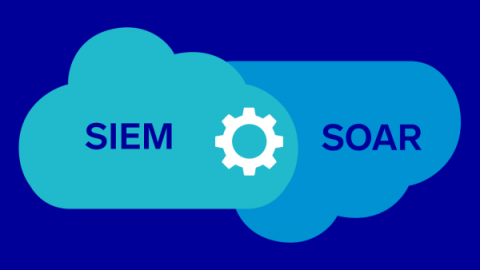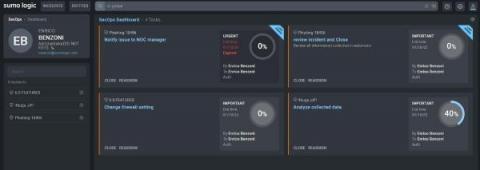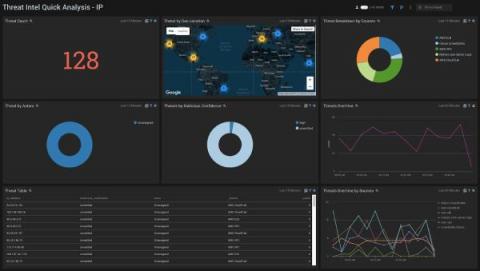Why you need both SIEM and SOAR to improve SOC efficiencies and increase effectiveness
Security professionals involved in the IT and cybersecurity industry for the last 10+ years have most likely come across the terms SIEM and recently SOAR, but there is still much confusion about what the specific use cases and purposes are. So, are these tools the same thing? Do security teams need one, the other, or both within their security operation center (SOC) infrastructure?







